Spider plants (Chlorophytum comosum) are some of the most beloved and beginner-friendly houseplants you can grow. With their long, arching green leaves striped with white or cream and their charming baby plantlets, spider plants add instant freshness and charm to any space. Best of all? They’re hardy, adaptable, and require minimal care.
If you’re new to houseplants or simply want a low-maintenance, air-purifying companion, a spider plant is a perfect choice. In this comprehensive guide, we’ll cover everything you need to know about how to care for spider plants easily, from lighting and watering to repotting and troubleshooting common problems.
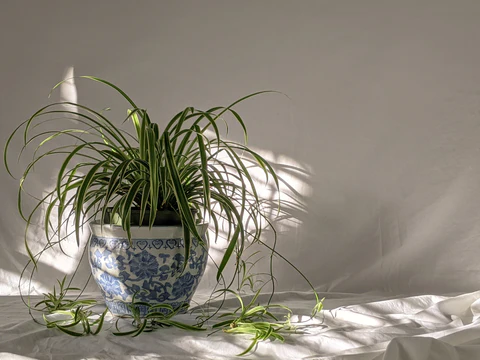
What Are Spider Plants?
Spider plants are tropical perennials native to South Africa. They get their name from the spider-like appearance of their small offshoots or “pups,” which dangle from the mother plant on long stems. These hardy plants have become a favorite in homes, offices, and classrooms for their ease of care and graceful appearance.
Besides their beauty, spider plants are known for their air-purifying abilities. According to NASA’s Clean Air Study, they help remove harmful toxins like formaldehyde and carbon monoxide from the air.
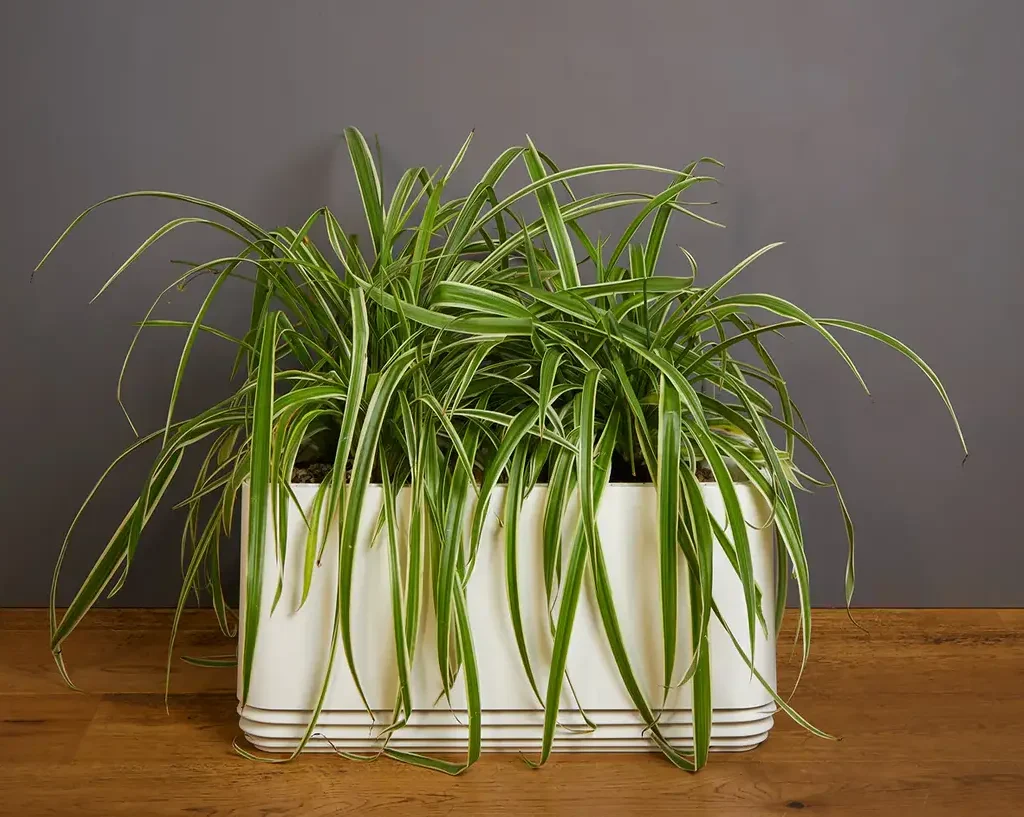
Ideal Growing Conditions for Spider Plants
Creating the right environment is key to keeping your spider plant healthy and thriving. Here’s what they love:
1. Light Requirements
Spider plants prefer bright, indirect light but are very tolerant of varying conditions. They can adapt to partial shade or even fluorescent lighting, making them ideal for offices and apartments.
- Best Spot: Near a north- or east-facing window.
- Avoid: Direct afternoon sun, which can scorch their leaves.
2. Temperature and Humidity
Spider plants enjoy moderate temperatures ranging from 60°F to 80°F (16°C to 27°C).
- Humidity: They appreciate a bit of humidity but can tolerate dry indoor air. In winter, occasional misting or placing the pot on a pebble tray with water helps keep the leaves from browning.
3. Soil Type
Well-draining potting soil is essential for spider plants.
- Recommended Mix: A general-purpose, peat-based potting mix works well. You can also mix in perlite for added drainage.
4. Watering Needs
One of the biggest causes of spider plant problems is overwatering. Here’s how to water them properly:
- Water when the top 1-2 inches of soil feel dry.
- Reduce watering in winter when growth slows.
- Avoid letting the plant sit in water, as this can lead to root rot.
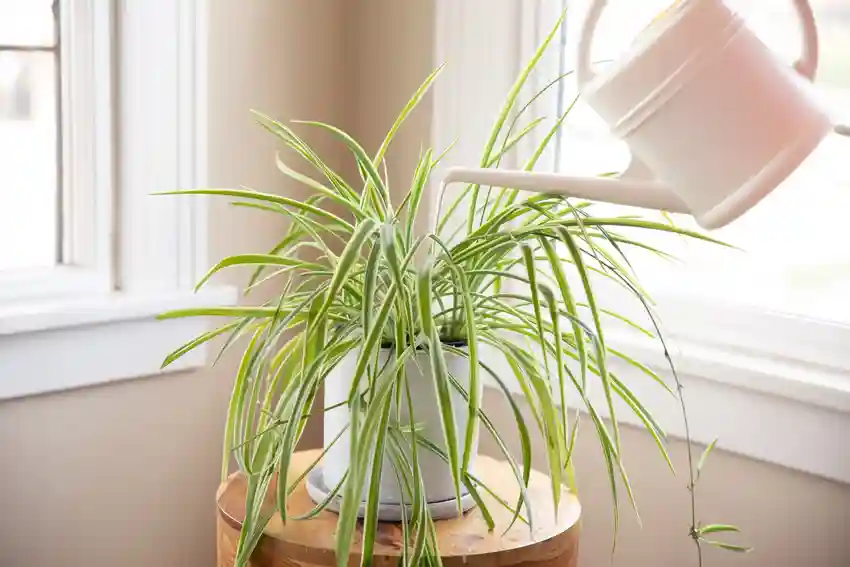
How to Fertilize Spider Plants
Spider plants don’t require heavy feeding, but occasional fertilizing keeps them looking their best.
- Use a balanced, water-soluble fertilizer (like 10-10-10) once a month during spring and summer.
- Avoid over-fertilizing, which can cause brown leaf tips.
- Skip fertilizing in fall and winter when the plant’s growth naturally slows.
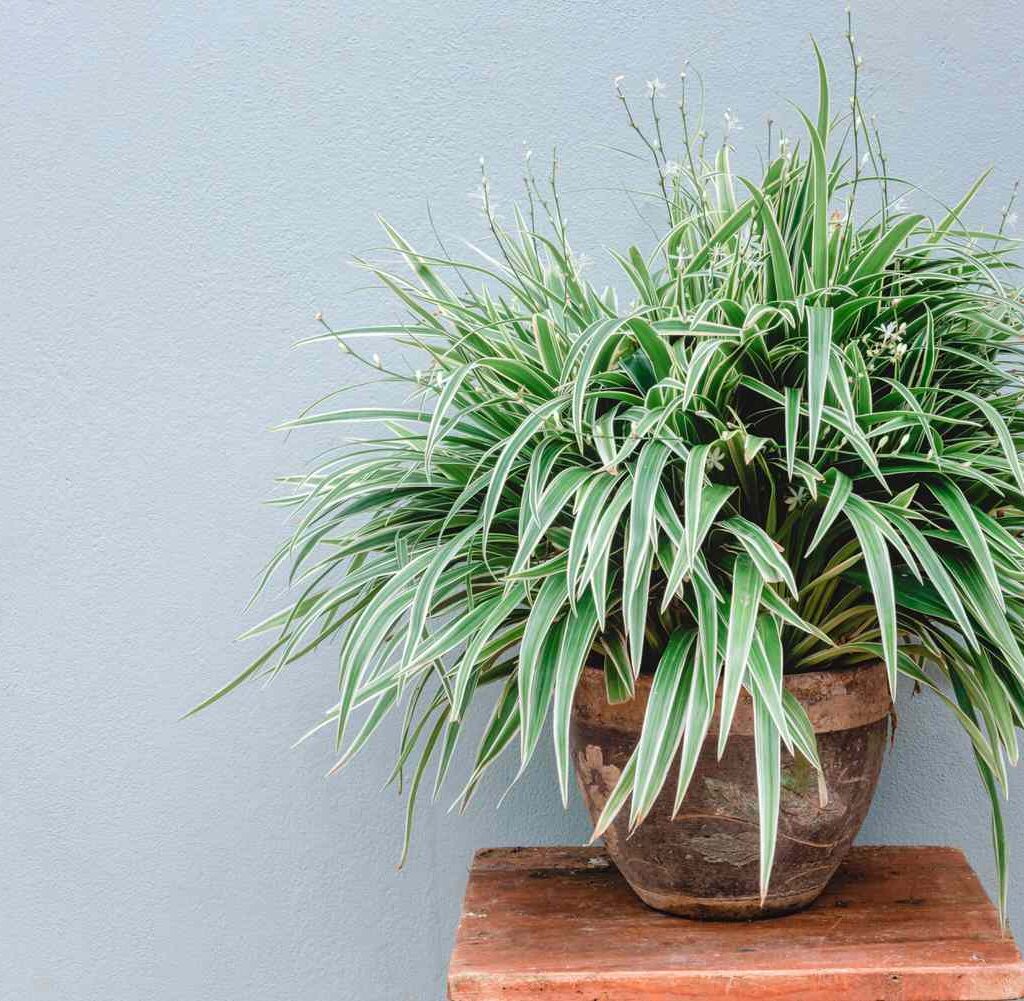
Propagating Spider Plants
One of the joys of owning a spider plant is propagating its adorable plantlets. Here’s how:
1. Wait for Offshoots
Once your mature spider plant starts producing long stems with baby plants, you’re ready.
2. Detach the Plantlets
When the plantlets have small roots (about 1-2 inches long), snip them off using clean scissors.
3. Root in Water or Soil
- Water: Place the plantlets in a glass of water until roots grow longer.
- Soil: Or plant them directly into moist, well-draining potting soil.
4. Care for the New Plants
Keep the new plantlets in indirect light and water them lightly until established.
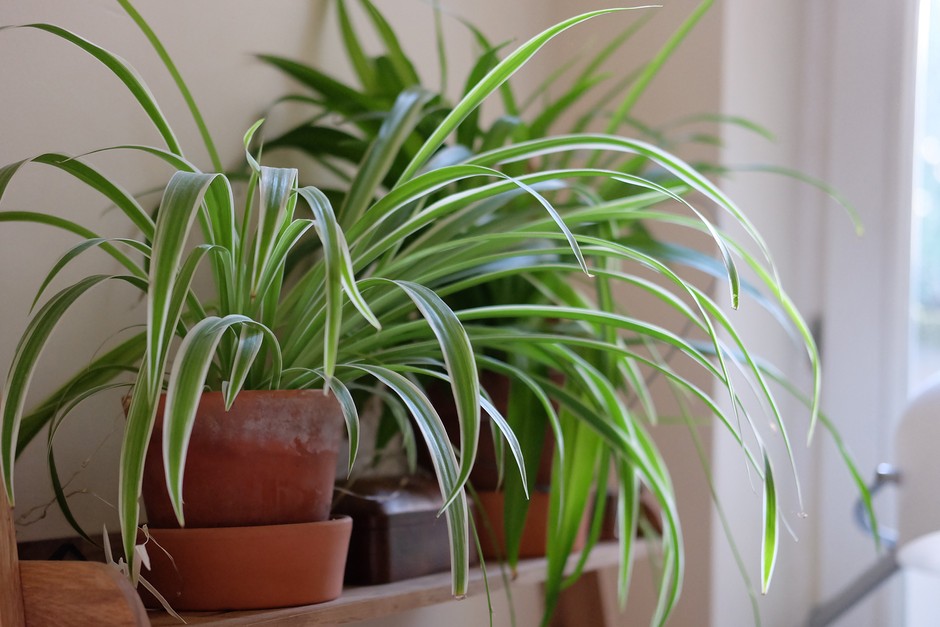
Common Spider Plant Problems and Solutions
Even though spider plants are hardy, they can encounter a few issues. Here’s how to fix them:
1. Brown Leaf Tips
This is the most common issue.
- Causes: Over-fertilizing, fluoride in tap water, low humidity, or inconsistent watering.
- Solution: Use distilled or filtered water, mist the plant, and adjust fertilizing habits.
2. Yellowing Leaves
- Causes: Overwatering, poor drainage, or lack of light.
- Solution: Check soil moisture, repot if necessary, and move the plant to a brighter spot.
3. Pests (Aphids, Spider Mites)
- Solution: Wipe leaves with a damp cloth or spray with insecticidal soap.
Repotting Your Spider Plant
Spider plants grow quickly and may become root-bound. Here’s how to repot them:
- Choose a pot 1-2 inches larger in diameter.
- Gently remove the plant, loosen the roots, and trim any dead or rotting roots.
- Place in fresh, well-draining soil.
- Water thoroughly and place in indirect light.
Repot every 1-2 years in spring for best results.
Bonus Spider Plant Care Tips
- Rotate your plant occasionally for even growth.
- Wipe leaves with a damp cloth to remove dust and enhance photosynthesis.
- Use rainwater or filtered water to avoid mineral buildup.
- Don’t panic if your plant’s leaves curl or brown occasionally—they’re forgiving and bounce back quickly with minor adjustments.
Final Thoughts
Spider plants are the ultimate easy-care houseplant for both beginners and seasoned plant lovers. With their graceful leaves, easy propagation, and air-purifying properties, they make a perfect addition to any indoor space.
By following these simple care guidelines—providing bright, indirect light, watering moderately, feeding occasionally, and repotting when needed—you’ll enjoy a healthy, thriving spider plant that brings beauty and freshness to your home.
So go ahead, pick out a cheerful spider plant, and watch it flourish with minimal fuss!

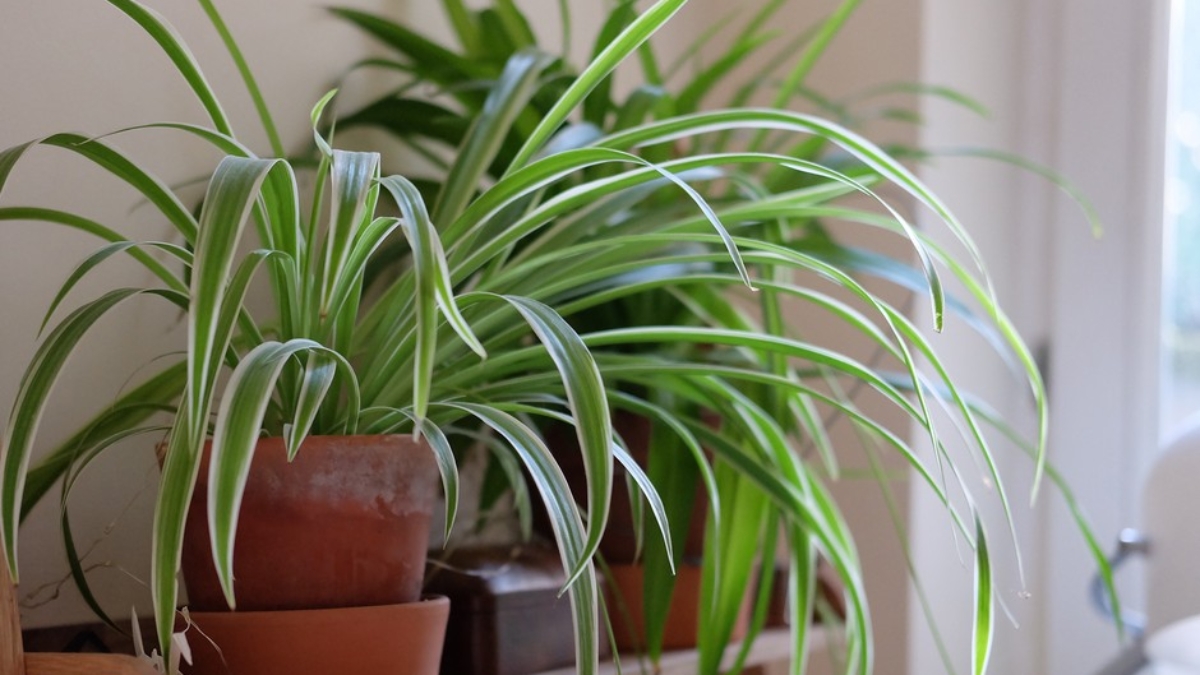




Leave A Comment